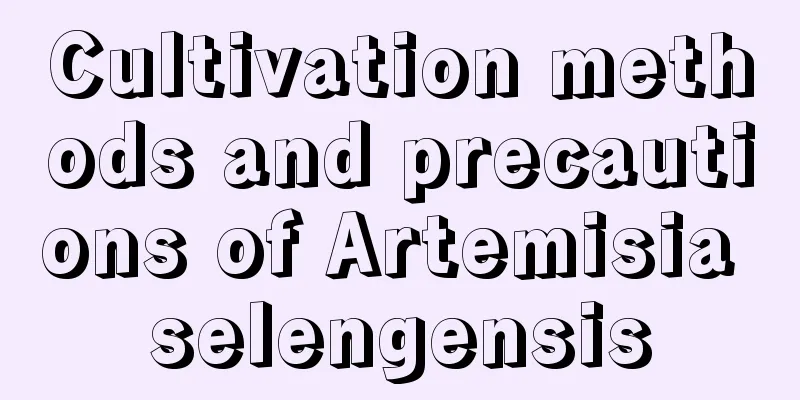How to grow large-flowered cymbidium (home-growing method)

1. Maintenance methods1. Light: Large-flowered Cymbidium requires long-term light. However, direct sunlight in summer can cause it to suffer from sunburn, so proper shade is needed. In winter, it should be placed in a sunny place for a long time. 2. Soil: Cymbidium orchids do not have high requirements for soil. Fertile, loose, well-drained acidic soil is preferred. If it is artificially prepared, it is better to use fern roots, mosses, etc. as the growth medium. 3. Watering: Cymbidium has good drought tolerance. Its pseudobulb can store water. If the pseudobulb shriveles and shrinks, it means it is lacking water. In addition to watering in summer, you should also spray water on the leaves, which can effectively reduce the temperature and increase the humidity. During the flowering period, the amount of water needs to be reduced to prevent the flowers from getting sick and developing brown spots. 4. Fertilization: Cymbidium has high requirements for fertilizer. Except for applying less fertilizer or no fertilizer in the seedling stage, a thin layer of fertilizer water can be applied every 10 days during the growing period. Generally, fertilizer should be applied once a week in spring and summer, 2-3 times a month in autumn, and stopped in winter. Fertilizer should be a compound fertilizer with equal amounts of nitrogen, phosphorus and potassium, and more potassium fertilizer can be applied in autumn. 2. Breeding techniquesCymbidium is often propagated by division. Division is best done in spring. Take the plant out of the pot and divide it. Keep more than 3 pseudobulbs for each plant. After cutting, dry the wound before planting. Generally, the plant should be divided once every three years. After division, it is suitable to be cultivated in a warm and humid environment, and normal maintenance can be carried out after it has new buds. 3. Pest and disease control1. Diseases: The main diseases are leaf blight, anthracnose and leaf spot, which can be controlled with carbendazim solution. 2. Pests: Common pests include aphids, red spiders and scale insects, etc., which can be killed by spraying diluted omethoate solution. |
<<: Is Camellia suitable for indoor cultivation?
>>: Can the leaves of Kalanchoe be propagated by cuttings?
Recommend
What are the cultivation methods and precautions of red diamond flowers?
Introduction of Red Diamond Flower The red diamon...
Planting and cultivation methods of lilies
Lilies not only have a wide variety of varieties ...
How to grow purple bamboo
1. Breeding environment 1. Soil: When planting, u...
When planting flowers, add some of this to the soil to ensure your flower roots grow strong and leaves green.
Add sand Mixing sand and soil increases air perme...
The Complete Book of Plant Poisons: You Must Know
1. Plants containing glycosides 1. Oleander: an e...
How to care for Jade Plant in winter
1. Maintain temperature If the Jade Plant is not ...
Can the willow of money be planted at the doorstep?
Can the Willow of Money be planted at the doorste...
How to grow African jasmine in winter
Winter plant care mainly starts from the followin...
How often should I water the five-needle pine?
How often should I water the five-needle pine? Th...
How to plant pepper seeds?
Chili peppers are grown in many places in China, ...
Lithops growth environment conditions and characteristics
Lithops growth environment conditions and require...
What family of plants does Kalanchoe belong to? What is the flowering period of Kalanchoe?
1. What family of plants is it? Kalanchoe is a pl...
How to breed Black Prince
How to breed Black Prince We generally use cuttin...
How to raise blue flower dan
1. Maintenance methods 1. Temperature: It has poo...
How to plant Amaryllis? Planting time and method
Planting time of Amaryllis The planting time of A...









